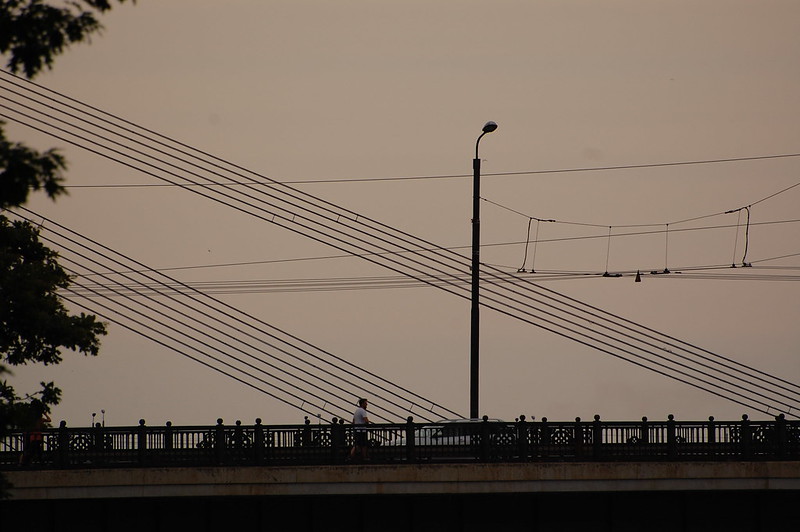Renewable Energy in Latvia
 Latvia, a small Northern European country with a population of about 2 million, is leveraging its natural resources to reduce reliance on fossil fuels and meet the European Union’s (EU) ambitious green energy goals. With abundant forests, access to the Baltic Sea and significant hydropower potential, Latvia has positioned itself as a regional leader in renewable energy innovation.
Latvia, a small Northern European country with a population of about 2 million, is leveraging its natural resources to reduce reliance on fossil fuels and meet the European Union’s (EU) ambitious green energy goals. With abundant forests, access to the Baltic Sea and significant hydropower potential, Latvia has positioned itself as a regional leader in renewable energy innovation.
Current Renewable Energy Landscape
Latvia’s renewable energy sector ranks among the most developed in Europe, with hydropower accounting for more than 50% of its electricity production. This dominance stems from the country’s extensive network of rivers and dams, which play a crucial role in powering the national energy grid. Biomass energy is another critical component of Latvia’s renewable strategy, supported by its vast forest resources covering more than 42% of the country. Investments in biomass energy have significantly improved efficiency and environmental preservation. Over the past five years, electricity generated in biomass cogeneration plants and power stations has surged by 144.2%, highlighting the sector’s rapid growth.
Future Potential in Renewables
Latvia’s renewable energy ambitions align closely with the EU Green Deal, which seeks carbon neutrality by 2050. Through its National Energy and Climate Plan (NECP), Latvia aims to increase the share of renewable energy to 50% by 2030. This plan prioritizes modernizing the national grid, enhancing energy storage and scaling up wind and solar energy capacity. Offshore wind energy holds immense potential for Latvia, due to favorable wind conditions in the Baltic Sea. Collaborative efforts with Estonia and Lithuania are exploring large-scale offshore wind farm projects to address regional energy needs and reduce dependency on traditional energy sources. Solar energy, while still underutilized, is gaining momentum as small-scale projects emerge nationwide.
Challenges in Renewable Energy Development
Despite Latvia’s progress, challenges remain. Heavy reliance on hydropower makes the energy system vulnerable to fluctuations in river flow, which are increasingly influenced by climate change. While high water flows in 2023 enabled hydropower plants to produce their second-largest electricity output in 25 years, periods of drought or low water flow could significantly disrupt energy generation. Financial constraints also pose a barrier to expanding renewable energy infrastructure. High project costs necessitate greater foreign investment and partnerships.
Empowering Communities Through Renewables
In 2020, the Mārupe Municipality launched Latvia’s first community energy project under the ShareRES initiative. This small-scale renewable energy solution empowers residents to generate and manage their electricity through solar panel installations. Residents have reported lower energy costs and reinvested these savings into other community initiatives. The success of this project highlights the potential of grassroots renewable energy solutions and serves as a blueprint for similar initiatives nationwide.
A Vision for the Future
Latvia’s renewable energy journey reflects a blend of ambition, innovation and community-driven initiatives. By embracing wind, solar and other clean energy sources, Latvia aims to complement its existing hydropower and biomass strengths while mitigating risks tied to climate change. Furthermore, grassroots projects, like the Mārupe Municipality initiative, underscore the importance of local engagement in achieving national and EU energy goals. Through strategic investments, international collaboration and a focus on sustainable development, Latvia can potentially become a model for renewable energy in Northern Europe. Its commitment to a greener future not only benefits its citizens but also contributes to the broader fight against climate change.
– Avery Hazard
Avery is based in Segovia, Spain and focuses on Technology and Solutions for The Borgen Project.
Photo: Flickr
